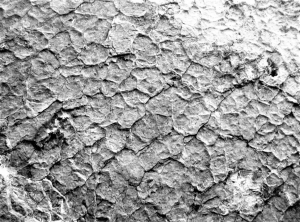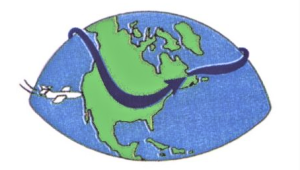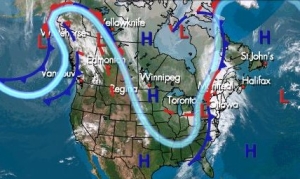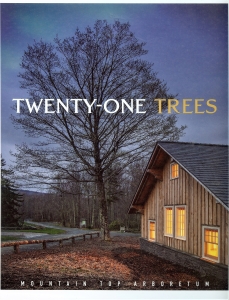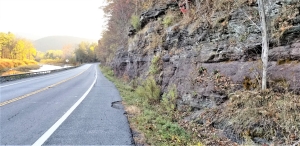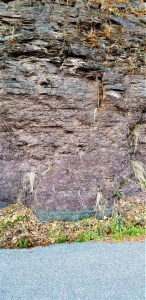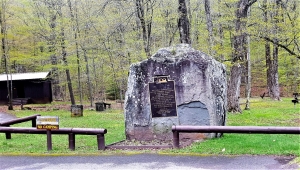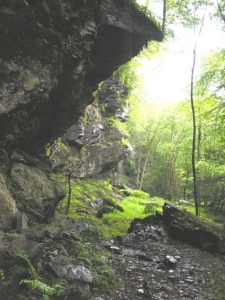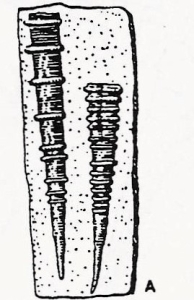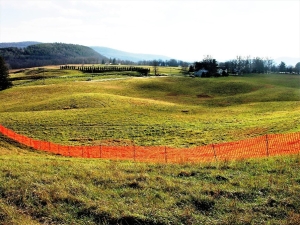Remembering Larry Rickard Dec. 27, 2025
THE CATSKILL GEOLOGISTS BY PROFESSORS ROBERT AND JOHANNA TITUS
Remembering Larry Rickard – By Robert Titus
New York State has long boasted an abundance of highly regarded geologists. That dates back to the early 19th Century with the establishment of the New York State Museum and its Geological Survey. Generations of outstanding geologists have worked there. Their research has contributed substantially to our science. That is especially true of my branches of the science – paleontology and stratigraphy.
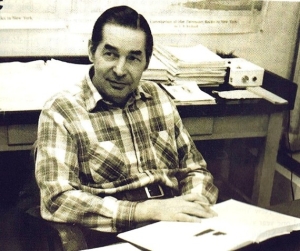
I have recently learned of the death, at age 99, of one of the best of them. That was Dr. Lawrence Rickard. He was “Larry” to everyone who knew him. Larry was a stratigrapher and a paleontologist. He studied not just the fossils of New York State but the stratified rocks that those fossils are found in. I first met Larry in 1972 when I was a member of a team of paleontologists who were studying a rock unit called the Trenton Limestone in the Black River Valley. I was finishing up my doctoral dissertation at that time. Larry and his close friend, the late Dr. Don Fisher, invited us to the museum to present our findings. That wasn’t enough; they wanted to have us lead a field trip to where we were doing our work. They showed real interest in our studies. This was quite the thrill for a young paleontologist. I got to give a lecture at a major museum and then go out to guide some experienced experts into the field. But it was also a very challenging moment. How would these two recognized professionals react to the efforts of a true newcomer? It’s fair to say that both Larry and Don were towering figures in their fields. But there wasn’t an ounce of arrogance in either of them. Larry and Don made me more than welcome; they made sure I knew that they were supportive of this young man’s work. That was a real help at the dawn of a career in science.
Larry did a lot of geology in his three decades at the State Museum. He is probably best remembered for his work in another fossil rich limestone – The Helderberg Limestone. Larry and the State Museum published a full-length book about the Helderberg. That’s shown in our second illustration. Catchy title, don’t you think? Well, this was, and is, important science. Larry’s work has long been thought of as being the definitive and groundbreaking study of an important sequence of stratified rock dating back to an important time in the history of the evolution of life.
He and I had something in common. His Helderberg Limestone took him back to a rich seafloor ecology about 400 million years ago. My Trenton Limestone took me to a similar but much older time at about 450 million years. We would go on to be colleagues and friends for decades to come. Larry read and enjoyed our columns. I am so sorry that he is gone. I am so glad that he lived the life that he did.
Contact the authors at randjtitus@prodigy.net. Join their facebook page “The Catskill Geologist.” Read their blogs at “the catskillgeologist

